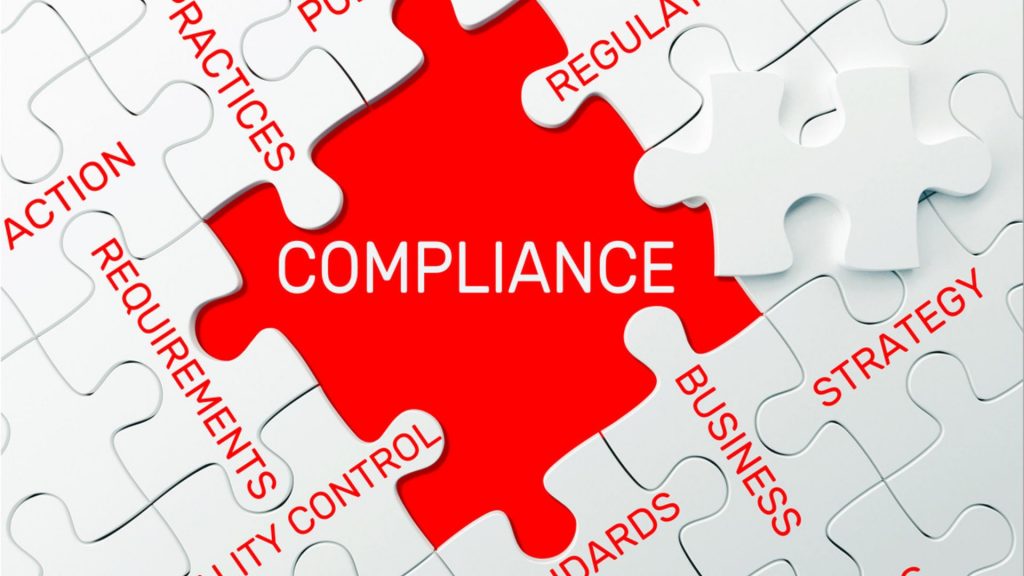The anti-financial crime program and its core components is an entity that adopts and implements protection to its systems and processes from criminals and their activities, such as financial crimes. Anti-financial crime programs consist of different interrelated components that together form a set of rules and principles for the board and management to ensure that they form relevant policies and processes to prevent financial crime.
Core Components of the Anti-Financial Crime Program
The broader components of the program include:
Strong compliance culture and tone from the topDevelopment of an effective and relevant compliance program and allied policiesHiring of a dedicated anti-financial compliance officer Performance of financial crime risk assessment to identify different categories of financial crime risks with their relevant impacts on the entity’s system and reputationEducation and training of employees regarding the identification, understanding, and prevention of financial crime risk
The following broader principles support the components of the financial crime program and must be applied at all times.
The obligation within to prevent financial crime by management and all employees, the executive leadership, and the members of governance. The application of high ethical and conduct standards in the recruitment and conduct of directors, employees, agents, suppliers, intermediaries, and introducers.
The components of the anti-financial crime framework must be appropriately defined by the governance or board of directors, considering the financial crime risks to which the organization is exposed. The board that will define the framework requires understanding the structure, complexity of products and services, customers’ jurisdictions, and other operational aspects. These are needed to be understood because financial crime risks also relate to these factors.
It sets zero tolerance levels concerning customers, suppliers, employees, contractors, or other third parties and all transactions that could be related to financial crime, including the failure to comply with the requirements and principles established in this framework.
A risk-based approach to an effective financial crime compliance program to maximize the bank-wide effectiveness in the fight against financial crime by:
Establishing requirements and designing controls based on their demonstrated ability to identify and mitigate the specific financial crimes risks faced by the group; andProviding highly useful information on financial crime to relevant competent authorities on priority threat areas.
Anyone may commit financial crime, including the employees, customers, other stakeholders, and the general public. Therefore, criminal activities need to be identified, such as the exploitation of insider information or the acquisition of another person’s property by committing fraud.
Other financial crimes do not involve the dishonest taking of a benefit but protect it that has already been obtained or facilitate the taking of such benefit. The anti-financial crime policies ensure consistent implementation of minimum requirements and robust and effective management of financial crime risk.
Final Thoughts
The main issue with such financial crimes is that they usually have a negative impact not only on the company itself (through costly fines or reputational losses), but also on the stability and integrity of global financial markets as well as on a country’s society and economy.





